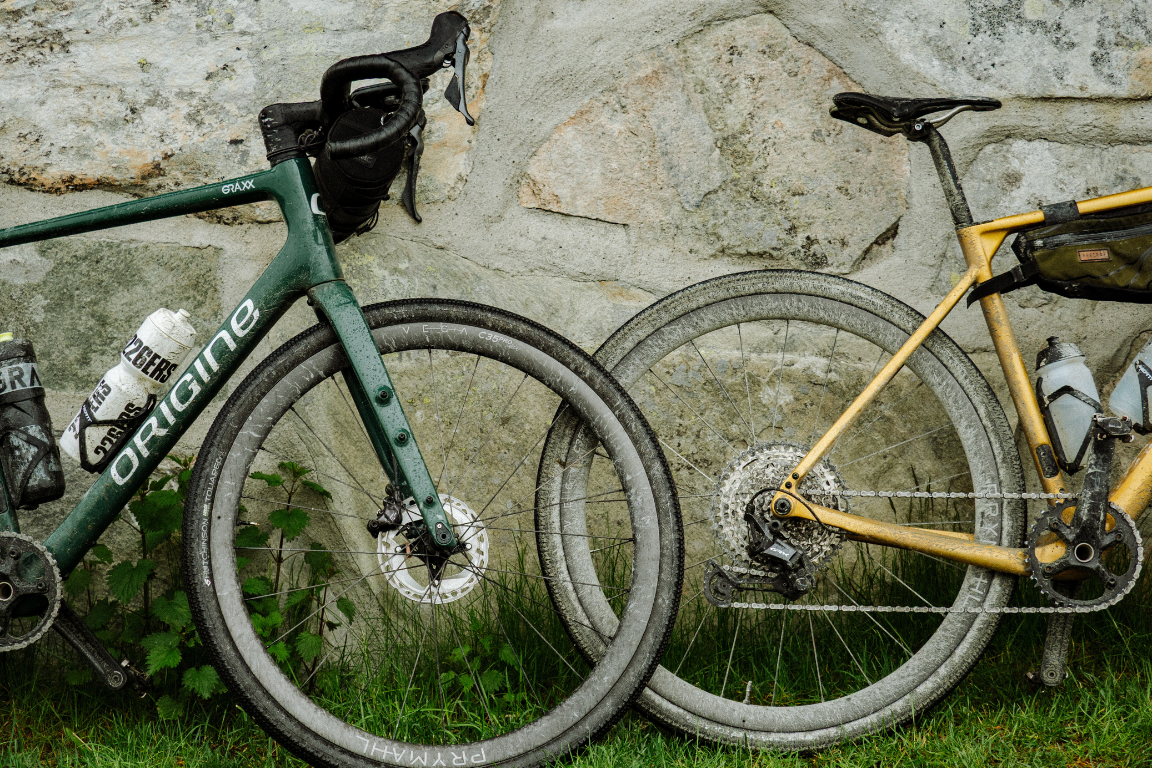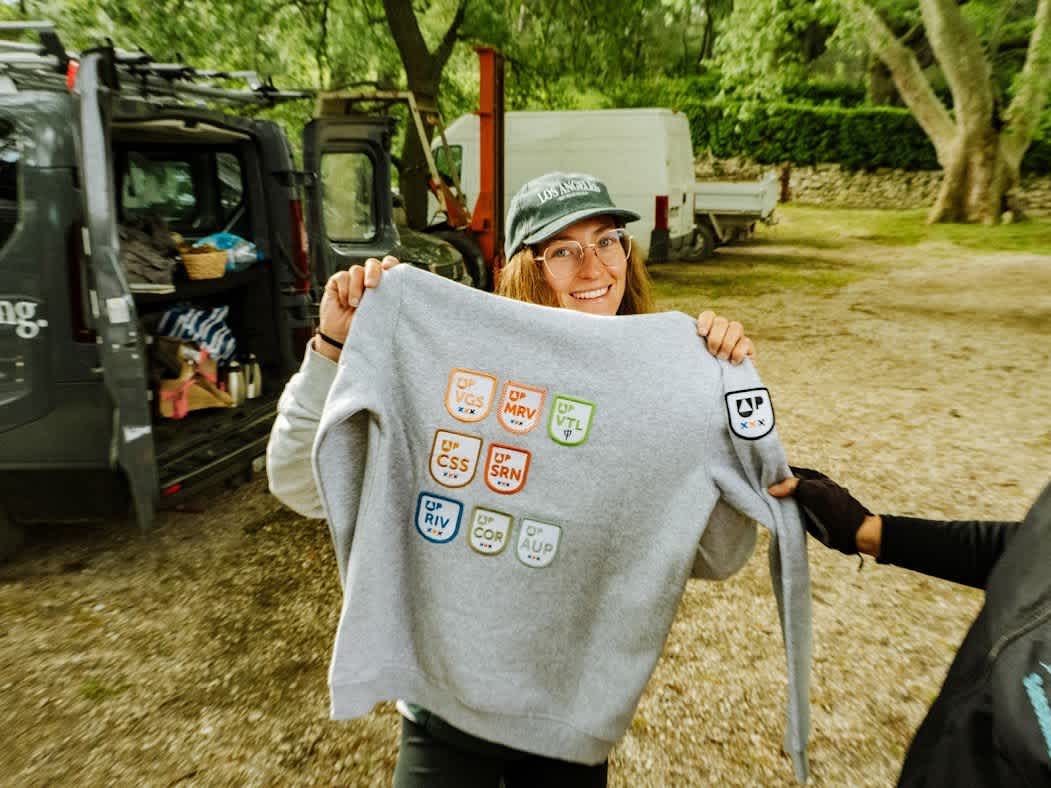How to choose your first gravel bike?

Gravel bikes appeal to both beginner and experienced cyclists. Versatile, lightweight, and capable of handling both roads and trails, they have become essential for exploring new terrains. In 2025, the market has evolved with lighter frames, electronic drivetrains, wider tires, and innovative accessories, offering even more comfort and performance for newcomers.
This guide will help you choose the ideal gravel bike for your first experience without getting lost in all the options.
1. Choosing the frame
The frame is the foundation of your gravel bike. Today, three materials dominate the market:
Aluminum: relatively light (depending on the model), comfortable, and affordable — perfect for beginners or cycling adventures.
Carbon: lightweight and responsive, ideal for long rides or more athletic use.
Steel / Titanium: strong, durable, and very comfortable for long-distance adventures.
💡 Tip: Some hybrid gravel bikes combine carbon and special alloys for a good balance of weight, comfort, and price. Some modern gravel bikes also incorporate suspension or flexible zones to absorb shocks. Even a well-designed frame without suspension can provide optimal comfort for beginners.
Pitfalls to avoid: Choosing a frame that is too small or too large.

2. Mechanical or electronic?
Also called the groupset, the drivetrain is composed of:
Front and rear derailleurs for shifting gears
Hydraulic or cable brakes
Handlebars
Crankset — crank arms and chainring(s)
Chain
Cassette — all the rear-wheel gears
Your choice of groupset greatly influences your riding experience:
SRAM GRX / Shimano GRX 12-speed: reliable and modern options.
Electronic drivetrains (e.g., SRAM AXS): more precise and comfortable, though slightly more complex when it comes to repairs and maintenance (still very reliable!).
Single vs. double chainring: single simplifies riding and maintenance, while double provides more versatility.
The best gravel groupset is ultimately the one that fits your budget and riding style. Today, most options offer excellent reliability. Price differences usually come down to factors such as:
Materials used, which mainly affect component weight
Type of drivetrain — electronic or mechanical
Number of gears (ranging from 8 to 13) and chainrings (1 to 3)
In high-end models, you’ll find up to 13-speed rear cassettes with a single or compact double chainring. Entry-level setups typically feature double or even triple front chainrings and 8 to 10 speeds at the rear.

A “fast” bike designed primarily for flat terrain will typically have a 40-tooth chainring in the front and a 10–33T cassette at the rear. For a bike that excels on steep climbs and offers a wide gear range, you’ll often find a 42T front chainring paired with an 11–52T rear cassette.
Single chainrings are ideal for gravel riding and bike touring. The Graxx and Help models from Origine that we use are perfectly suited for all types of terrain with this setup.
Double chainrings can give you smaller jumps between gears, making it easier to find the perfect cadence while riding.

3. Choosing tires for gravel
Tires make all the difference on a gravel bike, where you rely on them for grip and comfort.
The first decision is whether to go tubeless (no inner tube) or standard with an inner tube. Both have advantages and drawbacks, but more and more riders are choosing tubeless tires. They allow you to ride at lower tire pressures because the risk of punctures from impacts is reduced, thanks to the sealant inside the tire. This translates to better grip and more comfort, which is crucial during long off-road descents on a bike without suspension.
The right tire width and technology also enhance comfort and performance:
Width: 35–50 mm depending on the terrain (wider for rough trails)
Tubeless: reduces punctures and improves grip
Puncture-resistant inserts: a new trend to avoid unexpected stops
💡 Example: A 42 mm tubeless tire on an “all-road” gravel bike has become a standard choice for beginners and intermediate riders. Be careful not to underestimate the importance of tire width — adjust it according to the type of terrain you’ll be riding.
For a detailed guide on choosing the right tires for your riding style, check out our full article: GRAVEL TIRES: How to Choose Them Correctly.

4. Carrying gear on your bike
Most gravel bikes come with attachment points for pannier racks on the front and rear forks, because gravel riding is all about adventure! Don’t worry if you’re not planning to carry much gear — you won’t even notice the mounts, and it’s always useful to have them for future trips.
Gravel riding is primarily about freedom and exploration on any terrain. Prepare your first ride, equip yourself properly, and set out to discover new places!


